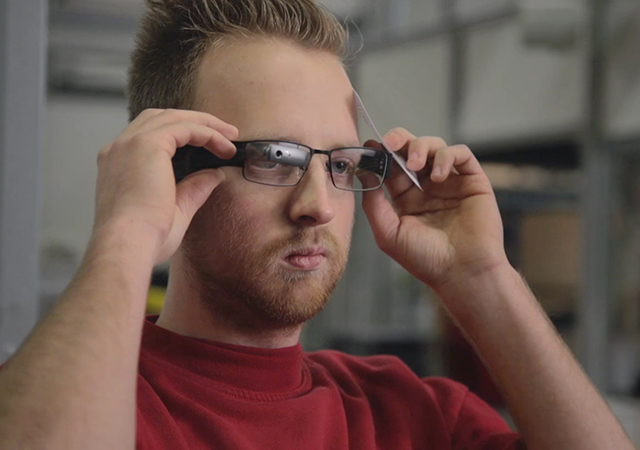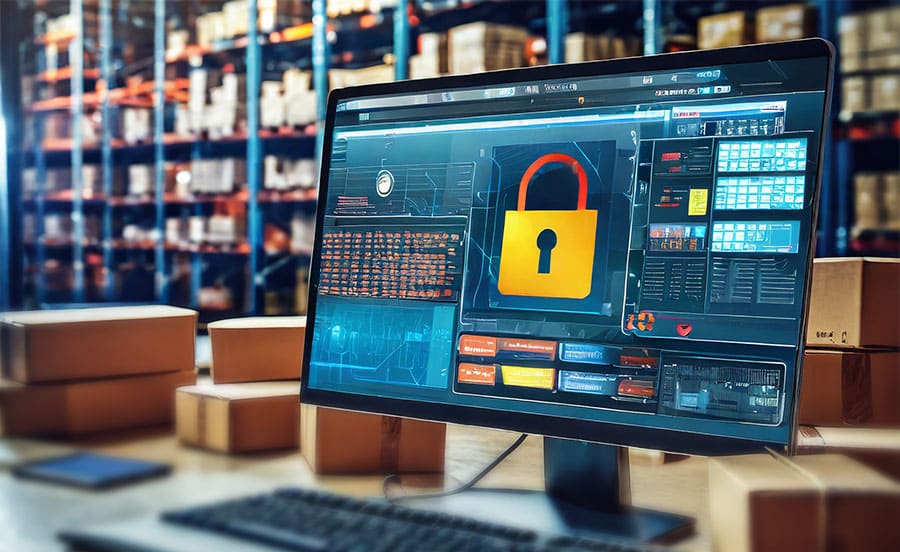Lucas has been testing and developing warehouse vision picking solutions using smart glasses since 2013. But last year saw a surge of press around vision picking for supply chain logistics and warehouse operations. Technology companies like Intel and Vuzix led the PR charge. They were joined by logistics companies like DHL that are eager to test and deploy new wearable technology to improve warehousing operations and supply chain efficiency. Since then, reality has set in.
Today there is a general recognition that augmented reality (AR) smart glasses represent an evolutionary step in mobile wearable technology for the distribution center. AR and smart glass technology continues to advance, but it is not yet ready for prime time in warehouse management and operations.
Smart glass vendors have addressed many of the early usability concerns in their newer glass designs (like overheating). Still, there are challenges that make smart glasses an inferior alternative to smartphones, smart watches, or industrial Android touch computers that are already in use for voice directed picking and other supply chain tasks.
These challenges include battery life, barcode scanning limitations, and speech recognition quality. (For a fuller overview of the history and current limitations of heads-up display technology, smart glasses and vision picking, see our overview article here.)
Warehouse operations executives considering augmented reality technology should bear in mind that the value of vision picking with AR smart glasses will depend on how the technology is applied to hands-on tasks in the DC.
Operational improvement comes from optimized processes and workflows
As with any new user solution, the real driver for operational improvement will come from better process and workflow design – that is, process changes “beyond the pick face.” In the end, smart supply chain engineers and logistics processes will determine the extent to which augmented reality glasses can transform a picking process.
To understand the critical connection between process design and technology benefits, consider how voice picking has impacted the DC over the past 20 years. Thousands of DCs use voice directed picking today, but different facilities realize vastly different productivity (and accuracy) gains with the solutions. The disparate productivity results are a byproduct of the strategy a given DC follows when implementing the voice pick solution.
We categorize three main approaches to adopting any new user solution in a picking process: technology enablement; workflow improvement; and process optimization. Each approach delivers a different scale of benefit.
Companies adopting technology enablement typically see gains under 10 percent. Those taking a workflow improvement perspective are likely to see those gains more than double. A process improvement approach will deliver the most dramatic levels of productivity jump. We outline each of these approaches in a new white paper. That white paper focuses on using voice and work execution to improve a picking process, but the same principles apply to vision and AR smartglasses.
Within 1-2 years warehouse and DC operations will have viable order picking solutions that use augmented reality glasses. But recognize that smart engineers and process design is more important than augmented reality technology, or any wearable technology, for that matter.







